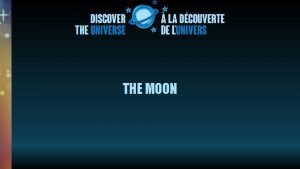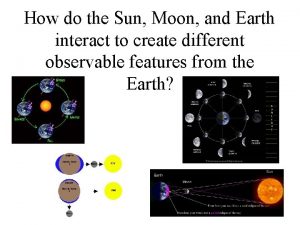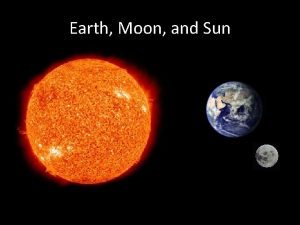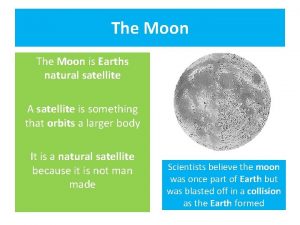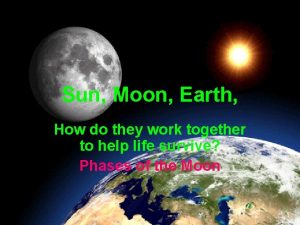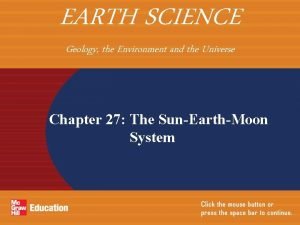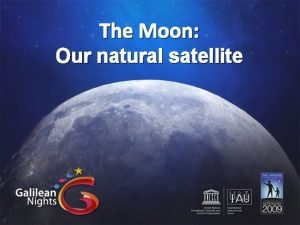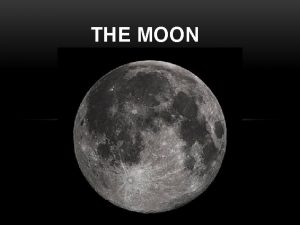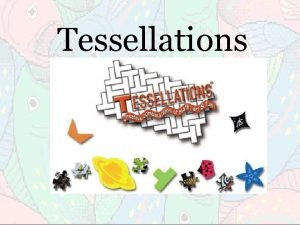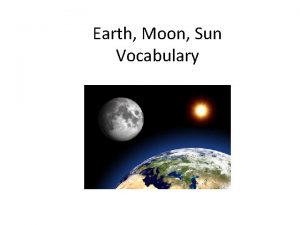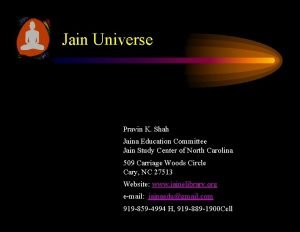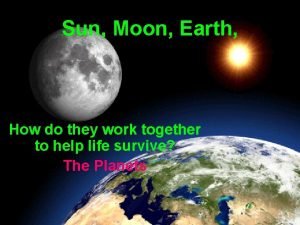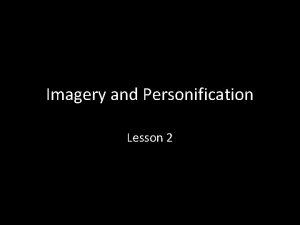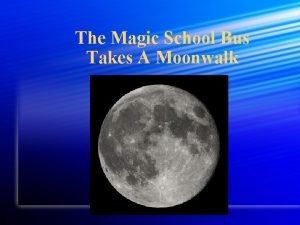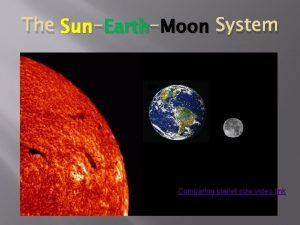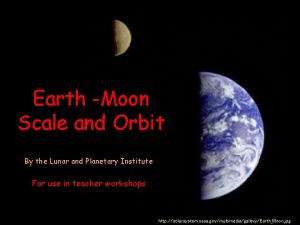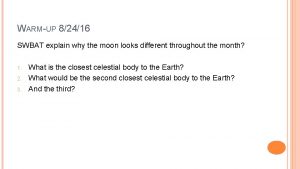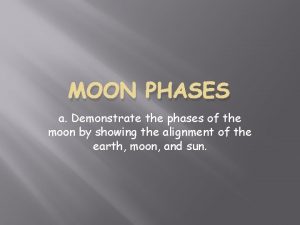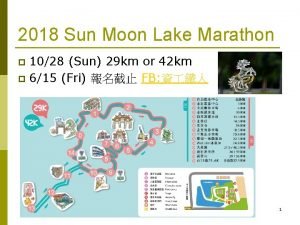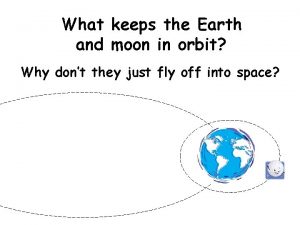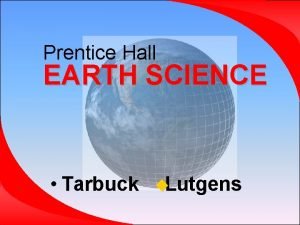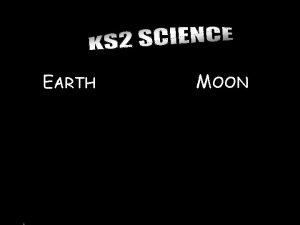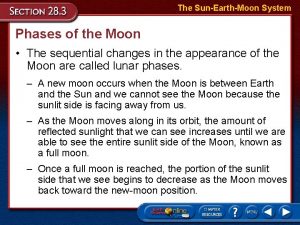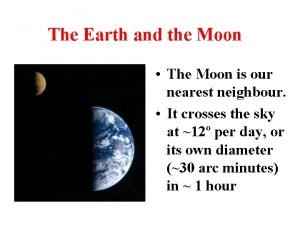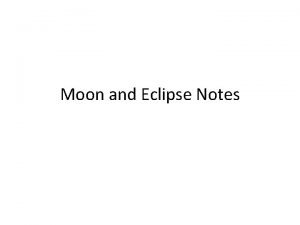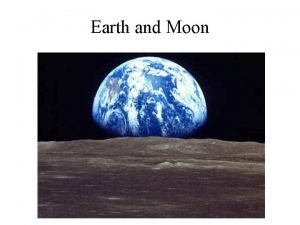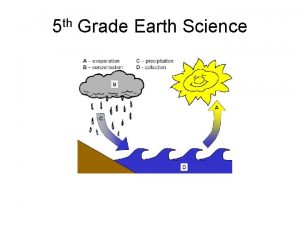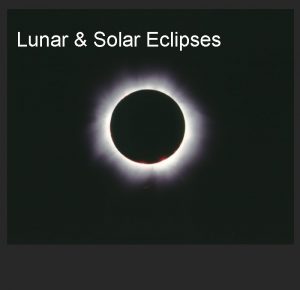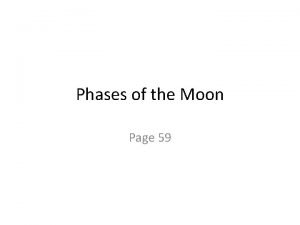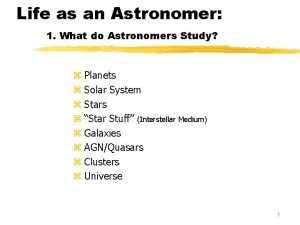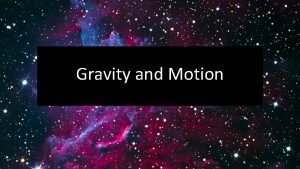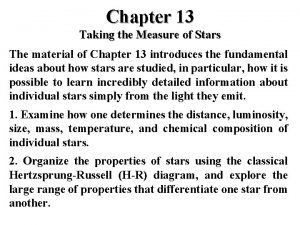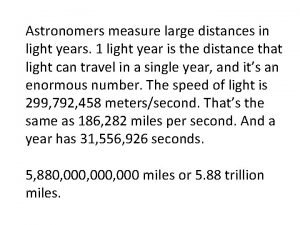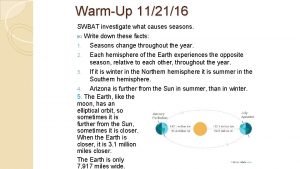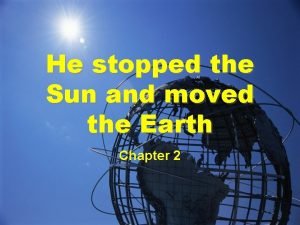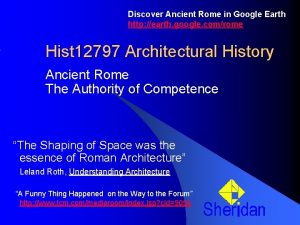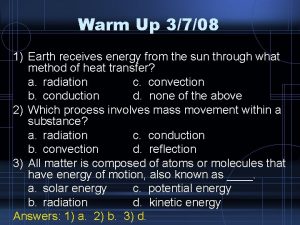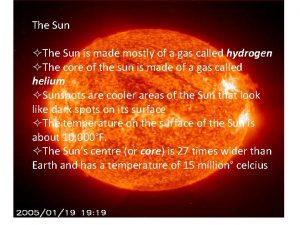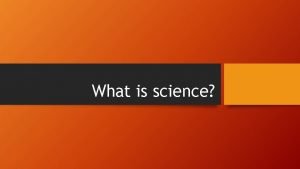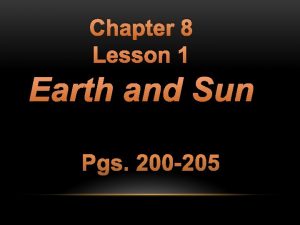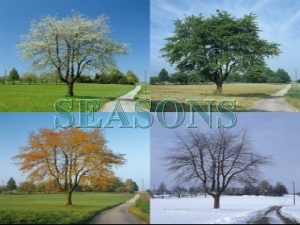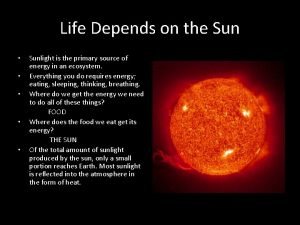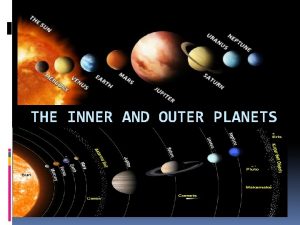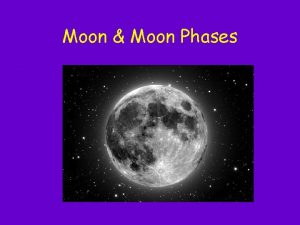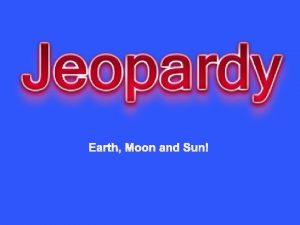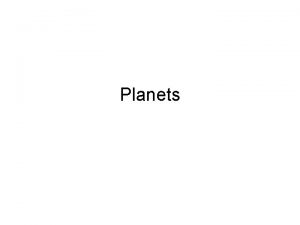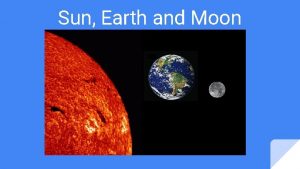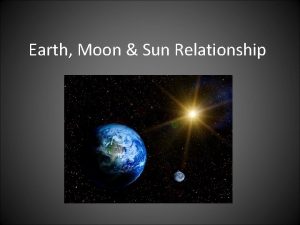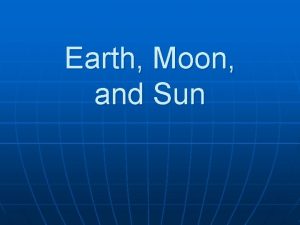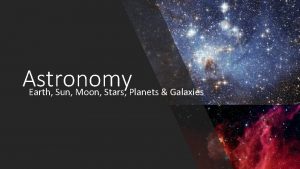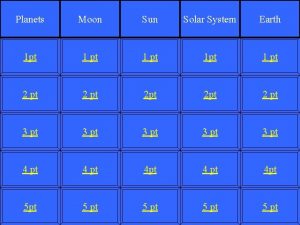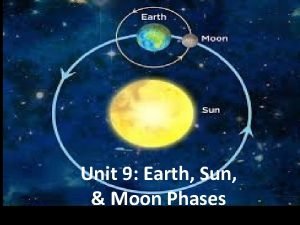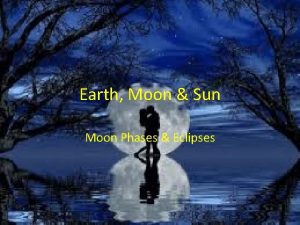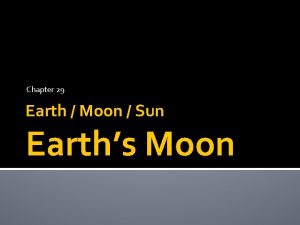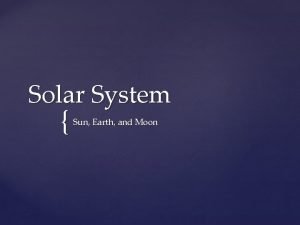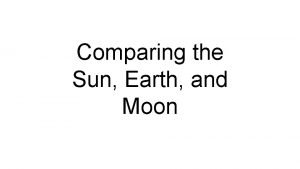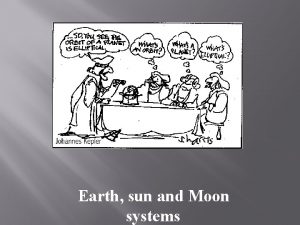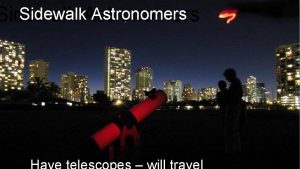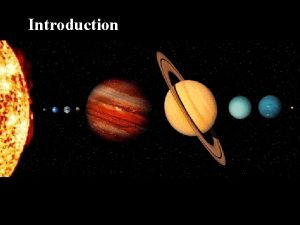Ancient Astronomers Earth Moon and Sun Planets and





























































- Slides: 61

Ancient Astronomers Earth, Moon, and Sun Planets and Our Solar System Stars, Galaxies, and the Universe Random Reasons for the Seasons 100 100 100 200 200 200 300 300 300 400 400 400 500 500 500

v. A theory stating that the Earth is the center of the universe, commonly believed to be true for hundreds of years. Ancient Astronomers 100 pts.

v. This ancient astronomer found evidence supporting the Heliocentric theory when he pointed a telescope at the sky and saw four moons orbiting Jupiter. Ancient Astronomers 200 pts.

v. Copernicus’s theory was not accepted when he proposed it because he placed the Sun where in his model? Ancient Astronomers 300 pts.

v. This man determined that the orbit of planets is the shape of an ellipse, NOT a perfect circle. Ancient Astronomers 400 pts.

v. This ancient astronomer created a geocentric model of our solar system that supported the current thinking of the time. Ancient Astronomers 500 pts.

Geocentric Theory 100 pts.

Galileo 200 pts.

the center of the universe 300 pts.

Kepler 400 pts.

Ptolemy 500 pts.

• What is the main cause of the ocean tides? Earth, Moon, and Sun 100 pts.

• What happens during a total solar eclipse? Earth, Moon, and Sun 200 pts.

• What causes the Earth’s seasons? Earth, Moon, and Sun 300 pts.

• What is the current origin about theory of the Moon? Earth, Moon, and Sun 400 pts.

• What causes us to see the phases of the Moon? Earth, Moon, and Sun 500 pts.

the gravitational pull of the Moon 100 pts.

the Moon completely covers the Sun 200 pts.

the tilt of the Earth’s axis 300 pts.

A large body struck the Earth, and part of the Earth and the large body formed the Moon 400 pts.

The relative positions of the Earth, Sun, and Moon. 500 pts.

• What is the order of the Planets, including Pluto? Planets and Our Solar System 100 pts.

• What three characteristics best describe the inner planets? Planets and Our Solar System 200 pts.

• What is located between the orbit of Mars and Jupiter? Planets and Our Solar System 300 pts.

• What is a Meteoroid, Meteor, and Meteorite? Planets and Our Solar System 400 pts.

• How does the speed of a planet’s revolution around the Sun change as it gets farther from the Sun? Planets and Our Solar System 500 pts.

Mercury, Venus, Earth, Mars, Jupiter, Saturn, Uranus, Neptune, Pluto 100 pts.

Small, Dense, and Rocky. 200 pts.

the Asteroid Belt 300 pts.

Meteoroid- “mini asteroid, ” small pieces of rock traveling through space. Meteor- “meteor shower, ” bright streak of light across the sky Meteorite- “can hold it ‘RITE’ in your hand, ” meteoroid that hits the ground 400 pts.

The closer a planet is to the Sun, the faster it moves around the Sun. 500 pts.

• What is the only star in our solar system? Stars, Galaxies, and the Universe 100 pts.

• What are three main types of galaxies? Stars, Galaxies, and the Universe 200 pts.

• What binds or holds a Galaxy together? What about a Star? A Planet? Stars, Galaxies, and the Universe 300 pts.

• What did Hubble tell us about our universe? Stars, Galaxies, and the Universe 400 pts.

• What kind of galaxy do we believe the Milky Way is? Stars, Galaxies, and the Universe 500 pts.

The Sun 100 pts.

Spiral, Elliptical, and Irregular 200 pts.

Gravity! 300 pts.

400 pts. it’s expanding!

a Spiral Galaxy 500 pts.

Random- 100 pts. • How long does it take the Moon to go through all of its phases?

Random- 200 pts. • Where is the Kuiper Belt found?

Random- 300 pts. • Why doesn’t earth get hit with meteorites very often?

Random- 400 pts. • What do we call it when the lit portion of the moon seems to be increasing over a period of several days?

Random- 500 pts. • What phase of the Moon is shown here?

29. 5 days, about a month 100 pts.

Past the orbit of Neptune 200 pts.

Earth’s atmosphere causes them to break up before they hit the ground! 300 pts.

waxing. 400 pts.

• Waning Crescent 500 pts.

Reasons for the Seasons- 100 pts. • What is the tilt of Earth’s axis?

Reasons for the Seasons- 200 pts. • What is the cause of Earth’s seasons?

Reasons for the Seasons- 300 pts. • Which would be hotter if you were standing in it- direct of indirect light?

Reasons for the Seasons- 400 pts. • When the north pole is tipped toward the sun, which season are we in (in the northern hemisphere? )

Reasons for the Seasons- 500 pts. • Explain how a tipped axis is the cause of the seasons.

23. 5ᵒ 100 pts.

a tilted axis. 200 pts.

direct light is hotter (it’s more concentrated energy/heat) 300 pts.

Summer 400 pts.

A tipped axis means that different parts of the earth’s surface receive direct or indirect light at different times of the year. Sometimes, w are tipped toward the sun and so we experience summer, other times we are tipped away from the sun and it’s winter. 500 pts.
 Does the moon rotate
Does the moon rotate Sun and moon together
Sun and moon together What season is this
What season is this Sun earth
Sun earth Whats a natural satellite
Whats a natural satellite Sun and earth relationship
Sun and earth relationship How does the sun moon and earth work together
How does the sun moon and earth work together What separates the inner and outer planets
What separates the inner and outer planets What separates the inner planets and outer planets
What separates the inner planets and outer planets Inner terrestrial planets
Inner terrestrial planets The sun-earth-moon system worksheet answers lesson 1
The sun-earth-moon system worksheet answers lesson 1 Earth moon
Earth moon Four outer planets in order
Four outer planets in order Are jovian planets more dense
Are jovian planets more dense The science duo
The science duo Which moon phase occurs directly before a new moon
Which moon phase occurs directly before a new moon Moon sister moon calendar
Moon sister moon calendar Home.hiwaay.net/ krcool/astro/moon/moon tides/
Home.hiwaay.net/ krcool/astro/moon/moon tides/ How many days for a moon cycle
How many days for a moon cycle A tessellation movie
A tessellation movie Moon
Moon Moon and sun comparison
Moon and sun comparison 14 rajlok in jainism
14 rajlok in jainism How the sun and moon work
How the sun and moon work Moon personification
Moon personification Magic school bus takes a moonwalk
Magic school bus takes a moonwalk Earth and sun size comparison
Earth and sun size comparison Earth and moon to scale
Earth and moon to scale Phases of the moon sun on left
Phases of the moon sun on left Moon phases when the sun is on the left
Moon phases when the sun is on the left Sun moon lake marathon
Sun moon lake marathon Dangdang ay history
Dangdang ay history Why doesn't the moon fall on earth
Why doesn't the moon fall on earth 22.3 earth's moon
22.3 earth's moon How big is the moon compared to the earth
How big is the moon compared to the earth Earth moon
Earth moon Earth moon
Earth moon Umbra dan penumbra
Umbra dan penumbra Moon rotation and revolution
Moon rotation and revolution Earth from moon
Earth from moon Exo solar lunar
Exo solar lunar How far is the moon from earth
How far is the moon from earth What do astronomers study
What do astronomers study Modern telescopes make it possible for astronomers
Modern telescopes make it possible for astronomers Astronomers measure the masses of stars by
Astronomers measure the masses of stars by Astronomers measure large distances in light years
Astronomers measure large distances in light years Ancient means of communication pictures
Ancient means of communication pictures Ancient india vs ancient china
Ancient india vs ancient china Solar parheliom
Solar parheliom Stopped the sun and moved the earth
Stopped the sun and moved the earth Ancient rome google earth
Ancient rome google earth When earth receives energy from the sun, ____.
When earth receives energy from the sun, ____. The picture of the soldiers………. . back many memories.
The picture of the soldiers………. . back many memories. What is the sun made of
What is the sun made of The sun warms the earth unevenly science or pseudoscience
The sun warms the earth unevenly science or pseudoscience Planet earth and beyond grade 7
Planet earth and beyond grade 7 Chapter 8 lesson 1 answer key
Chapter 8 lesson 1 answer key Does the sun rotate around the earth
Does the sun rotate around the earth Life on earth depends on the sun
Life on earth depends on the sun 4 inner planets
4 inner planets What separates the inner and outer planets
What separates the inner and outer planets Microcosm and macrocosm elizabethan world view
Microcosm and macrocosm elizabethan world view
